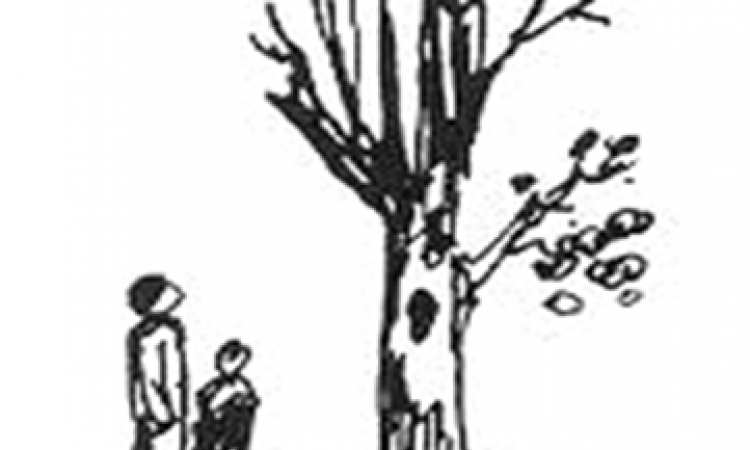
The pavement burns the skin of my soles through my thick shoes, and the merciless sun blazes through my sunglasses making me squint in the blinding light. I look around for some shade but the tiny umbrella in my bag, my only saviour, proves useless. Delhi’s tree-lined streets are barren, the beautiful green shady canopies scarce .
The heat saps my energy and sometimes even my will to live as the temperature soars slowly and steadily. I wonder how the trees must feel…how they survive in this scorched land. The short spell of the monsoons, the noxious polluted air, the crowded space and the overwhelming march of the cemented pavement – that’s what the trees of Delhi are exposed to these days but the Delhi of yesteryears was quite different.
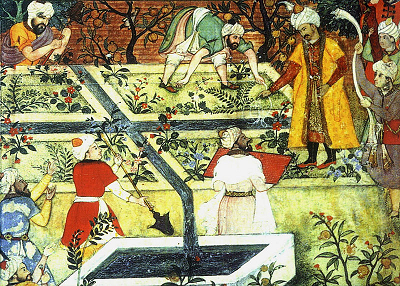
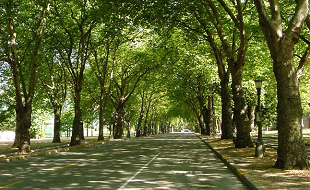 A C Shukla, Chief Conservator of Forest and Chief Wildlife Warden, Forest Department, said that Delhi’s green cover has increased by more than 10 times since 1993. Initiatives that might have helped this cause include the following: Ten saplings have to be planted and maintained for every tree felled and a compulsory 6 × 6 feet empty space to be maintained around each tree. Sadly, the availability of free uncontested land for plantation and lack of enforcement hamper this idea from taking root literally.
A C Shukla, Chief Conservator of Forest and Chief Wildlife Warden, Forest Department, said that Delhi’s green cover has increased by more than 10 times since 1993. Initiatives that might have helped this cause include the following: Ten saplings have to be planted and maintained for every tree felled and a compulsory 6 × 6 feet empty space to be maintained around each tree. Sadly, the availability of free uncontested land for plantation and lack of enforcement hamper this idea from taking root literally.
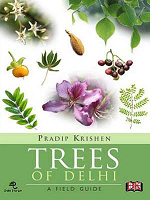
Padmavati Dwivedi, a wiry steel-willed woman is the founder of Compassionate Living, a trust that focuses on living well and doing good through the course of one's life. She has carried out the first tree census in the capital, is working on de-tiling or removing the tiles around trees to allow them some breathing room. Her stress was on the urgent need of a ‘green draft for Delhi’, which she feels will help make the capital greener in a more efficient and concentrated manner.
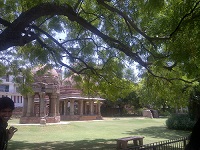 To sum up the lecture, here’s what you can do as a true Dilliwala:
To sum up the lecture, here’s what you can do as a true Dilliwala:
1. Be aware of government/ forest department guidelines, initiatives issued – For example did you know that there is a ‘Tree Helpline’ for lodging complaints regarding threats to trees in Delhi?
2. Ensure that new trees that are planted are native species (an easy reference is Pradip’s ‘Trees of Delhi’)
As cities expand and trees diminish, what Krishen says rings so true - "Trees are the balm and salve to our mistakes, symbols of renewal and growth, our reasons for hope and for keeping faith".
You are the change. Take the initiative and make a difference.
/articles/green-bare-new-delhi